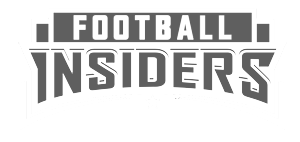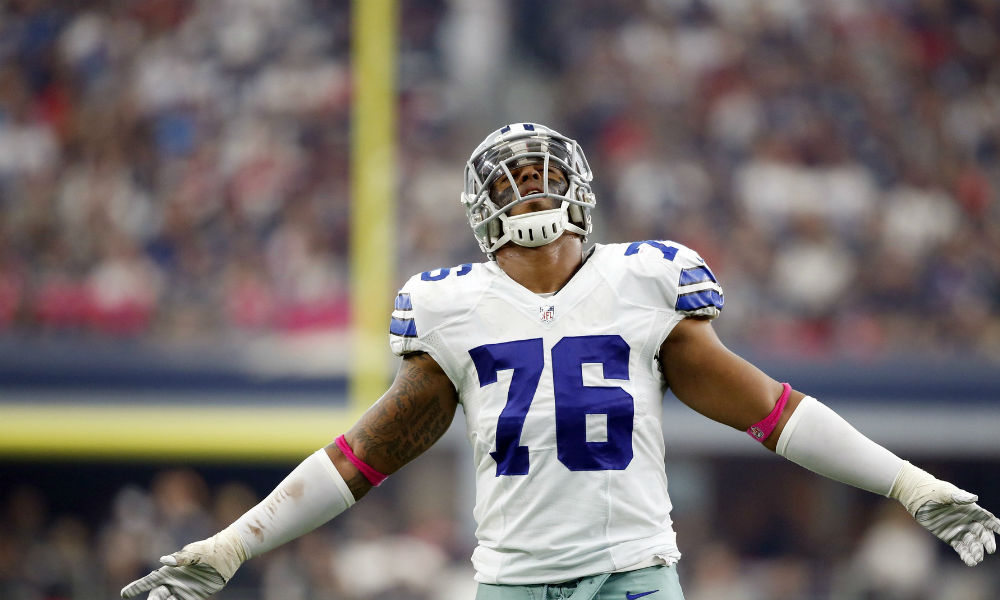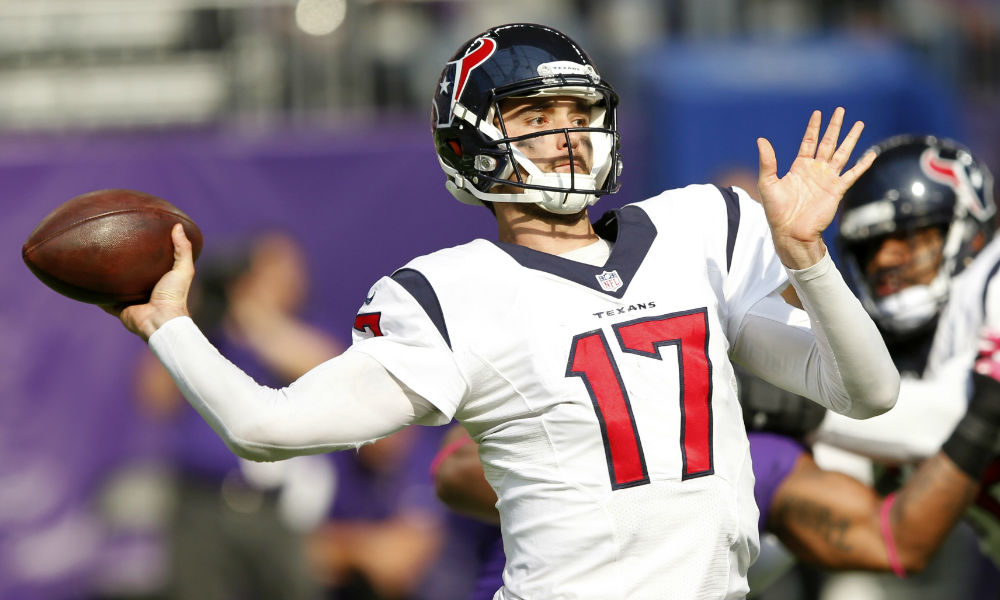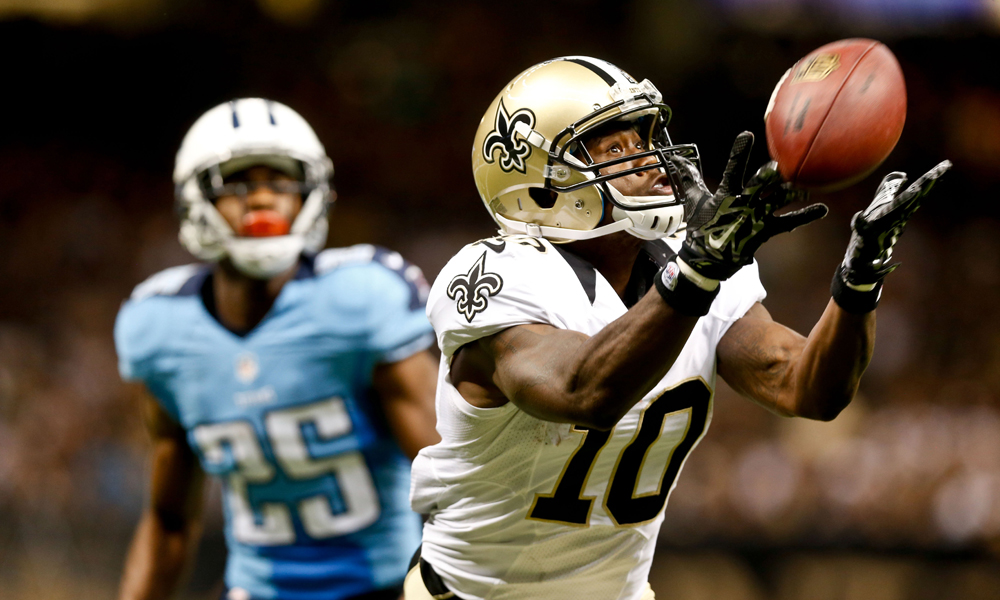News
The Ezekiel Elliott Conundrum
Ohio State’s Elliott is a Top 10 talent, but is he, or any running back, worth a Top 10 pick?
For the second straight NFL draft season, one of the best players in the draft has the unenviable honor of playing one of the league’s most de-valued positions: running back, leaving teams drafting in the Top 10 wondering if landing a top talent at the position is worth spending such a valuable pick on.
Like Todd Gurley last year, Ezekiel Elliot is without question one of the most talented players in this year’s NFL Draft. In past years, he might even have been in the conversation to be taken No. 1 overall.
But much has changed at the running back position in the last 10 years.
Many will point to the Cleveland Browns’ selection of Trent Richardson with the third overall pick in the 2012 draft as the turning point. Richardson is one of the biggest draft busts in league history and teams began to shy away from drafting running backs early over the next two years until Gurley and Melvin Gordon came along last year. In 2013, the year after Richardson’s class, Giovani Bernard was the first running back off the board at No. 37 overall. One year later, Bishop Sankey was the first running back drafted, at No. 54 overall, and as late as that seemed then, in hindsight now, even that seems early.
But the running back draft phenomenon dates back a little further than that. It can probably be linked back to the draft classes of 2006, 2008 and 2009. The 2006 class produced four first round running backs, including Reggie Bush at No. 2 overall. Bush is still looking for a job this offseason, Laurence Maroney (No. 21 overall) and Joseph Addai (No. 30 overall) are out of the league and DeAngelo Williams (No. 27 overall) is a backup to one of the best running backs in the league, LeVeon Bell, who the Steelers grabbed in the second round in 2013.
The aftermath of the 06 class, and in particular the limitations of the highly-regarded Bush, started pushing running backs down the hill. But the 2008 and 2009 classes buried them under an avalanche.
The 2009 class saw three running backs taken in the first round: Knowshon Moreno at No. 12 overall, Donald Brown at No. 27 and Beanie Wells at 31. Brown is hanging on to his career by a thread and signed with the Patriots this offseason after carrying the ball just a shade over 50 times with the Chargers last year. The other two are out of the league.
What a waste.
In 2008, five running backs went in the first round, including a “run” on running backs the likes of which you’d see in your fantasy football draft. It started with Darren McFadden at No. 4 overall to Oakland and Jonathan Stewart at 13 to Carolina. Ten picks later, the run began. Dallas took Felix Jones at 22, Pittsburgh picked Rashard Mendenhall 23rd and The Titans landed Chris Johnson at No. 24 overall.
Since then, those five backs have seen truly varying degrees of success. McFadden is still in the league and had one of his best seasons yet for the Cowboys last year, but the Raiders likely would not agree that they got good value picking him where they did. Stewart remains in Carolina where he had a resurgent 2015 season and looks like a solid pick. Jones was a bust and hasn’t played in the league since 2013. Mendenhall was good, not great and retired after the 2013 season, and Johnson was the best of this bunch but fell off a cliff production-wise after the 2012 season.
And that’s the real problem here. As great as some of these backs can and have been, their production has an expiration date that’s much sooner than a defensive end or a left tackle, a wide receiver or a cornerback, and especially sooner then a star quarterback, a first round investment that can last decades. The average life span of a great running back these days is about 5-6 years, or just a little over the length of a rookie deal for a first round pick. Is that enough production to invest your top pick in the draft in? It’s hard to say yes to that, especially when that pick is in the Top 10 and you have so many other glaring needs.
Make no mistake, Ezekiel Elliott is a Top 10 talent, probably a Top 5 talent in this particular class. He starred at Ohio State for two seasons after spending most of his freshman season on the sidelines, and at just 20 years of age, he would appear to still have plenty left in the tank. The general rule with running backs is that they breakdown after age 30. But that would mean Elliott, who turns 21 in July, should have nine good years in him. However, that’s not exactly how this works. According to a study done last year by Joe Redemann at NumberFire, the cliff for a running back seems to have more to do with years in the league and miles on the proverbial tires than the player’s age. That makes a lot of sense, given that age is arbitrary and time spent actually playing the game matters significantly more. Basically, you can’t escape the fact that running back is an extremely grueling position and no matter what age a player enters the league, all those carries at the absolute highest level of play will wear them down in about 7-9 years.
So are six great years of Elliott worth it to any team picking in the Top 10?
If we examine those teams, the top three (Tennessee, Cleveland and San Diego) lift right out. The Titans just invested in DeMarco Murray and still have the sour taste of picking Sankey in the second round and still getting burned in their mouths anyway. The Browns are the Browns and they could make a play for Elliott and it wouldn’t surprise anyone, but they actually have decent running backs now, including last year’s third round pick Duke Johnson Jr. and have so many other needs, a pick of Elliott would be as shocking as it gets for Cleveland in 2016. The Chargers spent a first rounder last year on Melvin Gordon so there’s no way they’re going to that well again.
The means the earliest Elliott could go, barring a trade up, is at No. 4 to the Dallas Cowboys, and in theory that seems like a great fit. The Cowboys have invested three first round picks in the last five drafts in their offensive line and have one of the most dominant front fives in the league as a result. They also have an aging quarterback who is at his best when the running game is humming to take the pressure off of him, as was the case in 2012.
However, Dallas decided to go bargain bin at running back last season and it might have been the one thing that worked out well for them last year in an otherwise lost season. They signed McFadden, who averaged 4.6 yards per carry and at 28 rushed for 1,000 yards for just the second time in his career. Earlier this offseason, the Cowboys appeared to double down on that strategy when they inked Alfred Morris and though they’re still likely to be in play for a running back in the draft and they like Elliott enough to have him in for a visit, they have so many needs on defense, and at backup quarterback, Zeke landing in Dallas seems like a longshot at best.
Beyond Dallas, there are few teams that need running back help currently slated to pick in the Top 10. The Jaguars are set with last year’s second round pick T.J. Yeldon and free agent signing Chris Ivory. The Ravens could be in play despite re-investing in Justin Forsett just last offseason, but they also have plenty of other needs to address. Behind them, San Francisco should be set at the position with Carlos Hyde.
That brings us to the Eagles at No. 8, another team rumored to have heavy interest in Elliott. There is definitely a fit there after Philadelphia unloaded DeMarco Murray’s contract on Tennessee at the outset of the offseason. The team still has Ryan Mathews as a lead back and Darren Sproles as a change of pace, but neither player should preclude them from pursuit of a top tier running back if that’s what they feel they need the most. It didn’t stop them from signing Murray last season and it shouldn’t keep them from bringing in a younger, fresher, more explosive model via the draft.
The question for Philadelphia is one of need and value. There will be top tier talents at other positions of need, including defensive tackle, linebacker and offensive line, on the board when they pick. Is investing in a running back that early a wise value move for a team that is in the middle of a retooling stage that was necessitated by bad previous investments, including one in a running back?
On the flip side, the Eagles could look at it as an opportunity to invest in the short and medium term success of their new offense, and get the bonus of keeping Elliott away from a rival. Because if Zeke gets past the Eagles at No. 8, he would certainly look good in Big Blue at No. 10. The Ohio State running back is already on the record as saying that he’s the player the Giants need to get back to the Super Bowl, and there’s no denying that the Giants have a significant need at running back, where their last dozen or so experiments, most recently signing Rashad Jennings, haven’t worked.
Last season, Jennings was their leading rusher and produced just 863 yards on the ground, and over the last three years, New York has ranked in the bottom half of the league in rushing offense. Elliott would change all that in an instant. The Giants have spent this offseason getting back to the things that made them a championship team just five years ago. They beefed up their front four to try to replicate that success. But that championship team also ranked sixth in the NFL in rushing yards, so if they’re really looking to replicate that recipe, an upgrade is needed.
The time is well since past for the Giants to bring a top tier running back into the fold and with Eli Manning and Odell Beckham Jr. already in place, they could immediately have one of the league’s best sets of triplets.
“Eli, Odell and me — that’s a three-headed monster right there,” Elliott said. “I think we’d give everyone a run for their money. I think we could go win a Super Bowl pretty early…that would definitely be a great spot for me.”
Indeed it would, but like the other teams picking in the Top 10, the Giants will have to balance their need for a player like Zeke with their other needs and the short and long-term value of each.
Elliott has been touted as the best back to enter the draft since Adrian Peterson in 2007. Peterson went No. 7 overall to the Vikings in that draft and is still ticking all these years later, though he did miss all but one game in 2014, setting back his clock a bit. That’s been a sound investment for Minnesota to say the least. Todd Gurley, who went No. 10 overall to St. Louis in the 2015 draft, received similar rave reviews and by the end of his rookie season, Gurley was regarded as one of the best running backs in the league. And Zeke doesn’t come with the injury risks that Gurley, who was coming off an ACL tear during his final college season, did when he was drafted.
Elliott enters the draft completely healthy and has a blend of speed, burst, balance and vision that is extremely rare among modern running backs. There’s little doubt that he’ll be a star in the NFL, but the question is how long will it last? What kind of investment is worth what might be a five-year burst of excellence followed by a steep drop off? The bet here is that one of the three NFC East teams will take the risk in the Top 10, and reap the fruits of a successful Zeke Elliott for at least half a decade. If Elliott can be that missing piece to get one of those teams a Lombardi Trophy, it’ll be worth it.
News
Buccaneers admit mistake, boot Aguayo
Source: Mike Florio of ProFootballTalk
Powered by WPeMatico
News
Did Bucs put too much pressure on Aguayo?
Source: Mike Florio of ProFootballTalk
Powered by WPeMatico
News
Broncos holding their breath on Derek Wolfe
Source: Mike Florio of ProFootballTalk
Powered by WPeMatico




